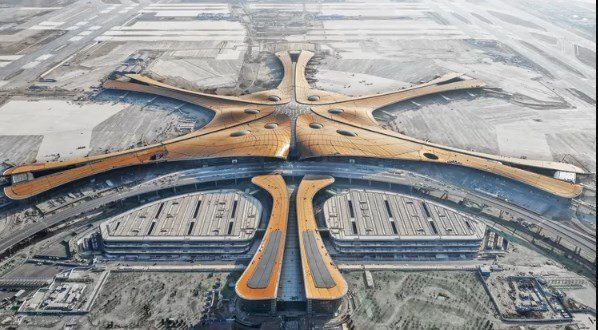Airlines are supposed to allow a specific amount of time between connecting flights. The minimum connection time varies by airport and type of connection (domestic to domestic or domestic to international, for example).
If you are planning a trip that involves connecting flights, you may wish to choose a connecting flight that is different from the one your airline’s computerized reservation system recommends. There are many factors that can affect how much time you have to change planes, and it is your responsibility to plan an itinerary that includes an appropriate airport layover.
To determine how much time you will need to change planes in a particular airport, look up minimum connection times online and factor in extenuating circumstances that might apply to your trip.

The following factors could affect the amount of time you have to get to your connecting flight:
Different Airlines
If you have booked travel on two different airlines, you are responsible for deciding how much time to allow between flights. Your airlines do not have to help you resolve flight connection problems if you have not allowed the minimum connection time for your flights and airport.
Customs and Immigration
Clearing customs and immigration can take five minutes or several hours, depending on your airport, the time of day, the month you travel and many other factors. If you are traveling to another country, find out where you will go through customs and add at least two hours to the minimum connection time for that airport. If your airline suggests an itinerary that includes only two hours between flights and you know you must go through customs and immigration, add more time to your itinerary. Two hours is usually not enough time. (Tip: If you are connecting through an airport you have never visited before, call your airline and ask about customs processes so that you won’t be surprised by the location of your customs interview.)
Security Screenings
Some airports, such as London’s Heathrow Airport, make all connecting passengers on international flights go through security screening between flights. Allow extra time for this process in addition to the time you added for clearing customs and immigration.
Airport Size
It takes more time to get to your connecting flight’s departure gate at a large airport than at a smaller one. If you are flying through a large, busy airport, allow extra time to make that connection.
Weather
Summer thunderstorms, winter snows and unexpected weather events can ground flights or trap airplanes in a long de-icing line. If you are traveling during the summer, winter or hurricane season, add extra time at your layover airport to cover possible weather delays.
Wheelchair Assistance
Your airline will arrange wheelchair assistance for you if you ask for it, but you may need to wait for a wheelchair attendant to arrive at your check-in counter or transfer gate. Allow plenty of time between flights if you need wheelchair assistance.
Travel Planning Considerations
You may also wish to consider these issues when deciding how much time to allow between flights.
Do You Want Your Baggage to Arrive on Time?
When it comes to baggage arrival, there are no guarantees. Your luggage is less likely to be left behind if you have allowed enough time between connecting flights for your suitcases to be transferred. Remember to pack all essential items, especially medications and valuables, in your carry-on bag.
Do You Need to Eat Between Flights?
Some travelers, particularly those who must pay close attention to their diets, need to eat between flights or need the wider choice of dining options that an airport terminal can provide. If you know you will need to eat between connecting flights, add at least an hour to your layover time.
If you are traveling with a service animal, you will want to give it a bathroom break and, perhaps, a meal. Most airports have only one service animal relief area, and it may be at the opposite end of the airport from your connecting flight’s departure gate. Look at an airport map to see how far you’ll need to travel and allow plenty of extra time to care for your service animal.

